The gypsy (Roma) community is mysterious and often discriminated in Western and Eastern Europe. Their way of life, traditions, and customs are usually kept within their community, despite various sub-groups across the world they still maintain their practices and beliefs when it comes to their burial practices.
These practices include maintaining a strong connection with their families and ancestral roots. This is reflected when visiting the gypsy cemetery in Soroca, where the community still respects the deceased. Here you can find decorative graves and tombs with tables and chairs, where their families would come to spend time with the deceased, celebrating their lives.
The gypsy community often integrates with the dominant religion of their region, which also influences the burial practices.
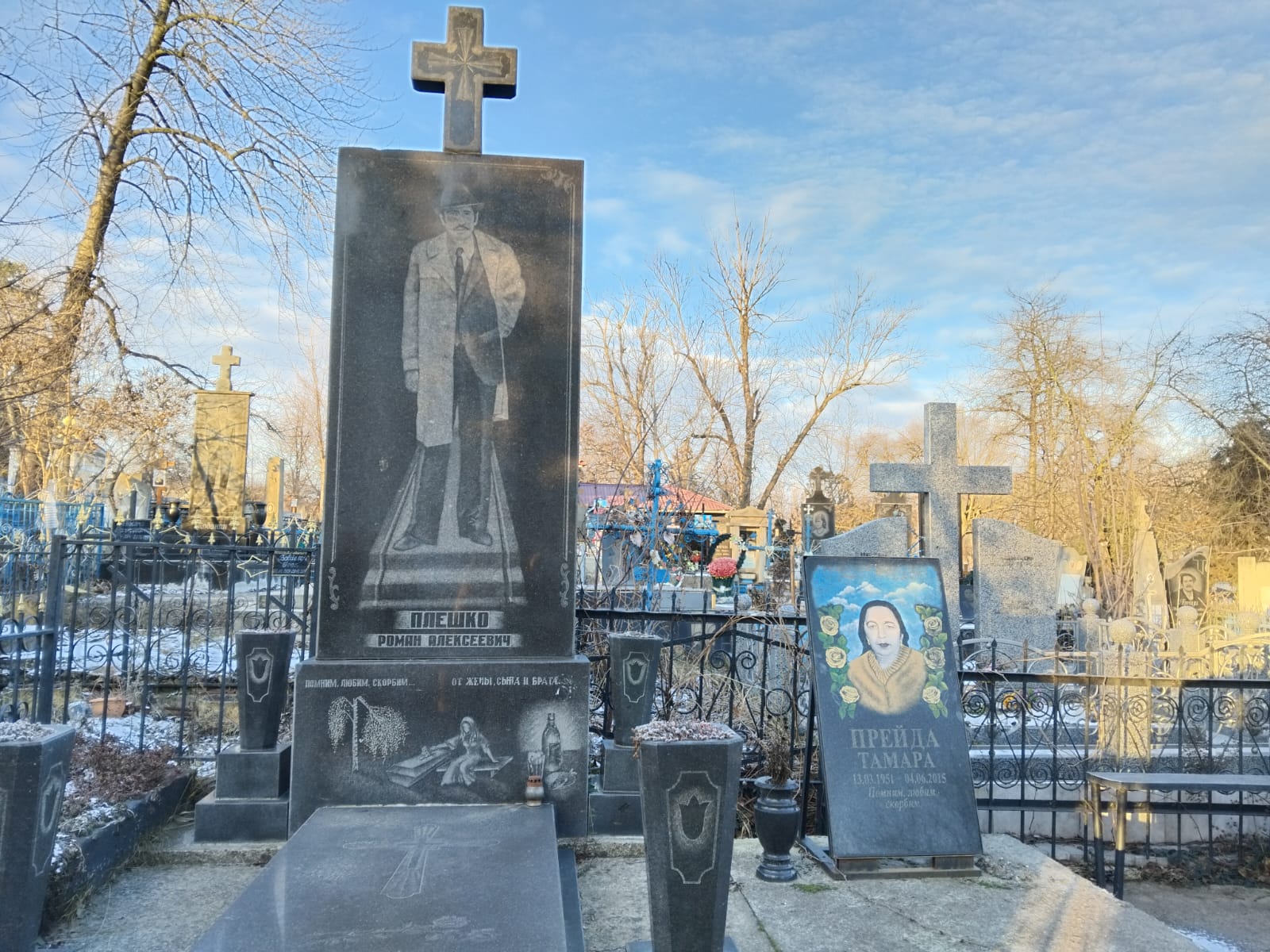
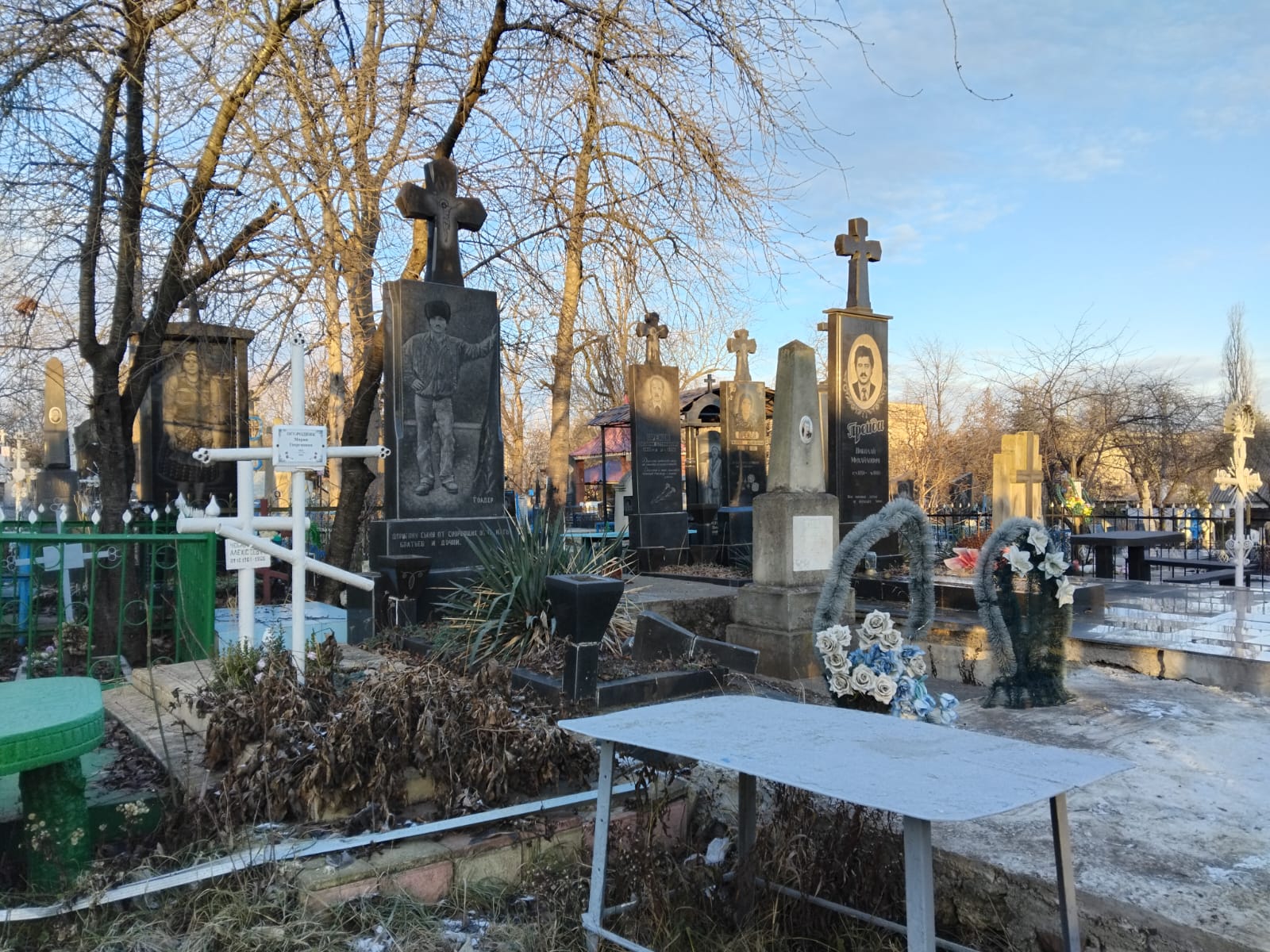
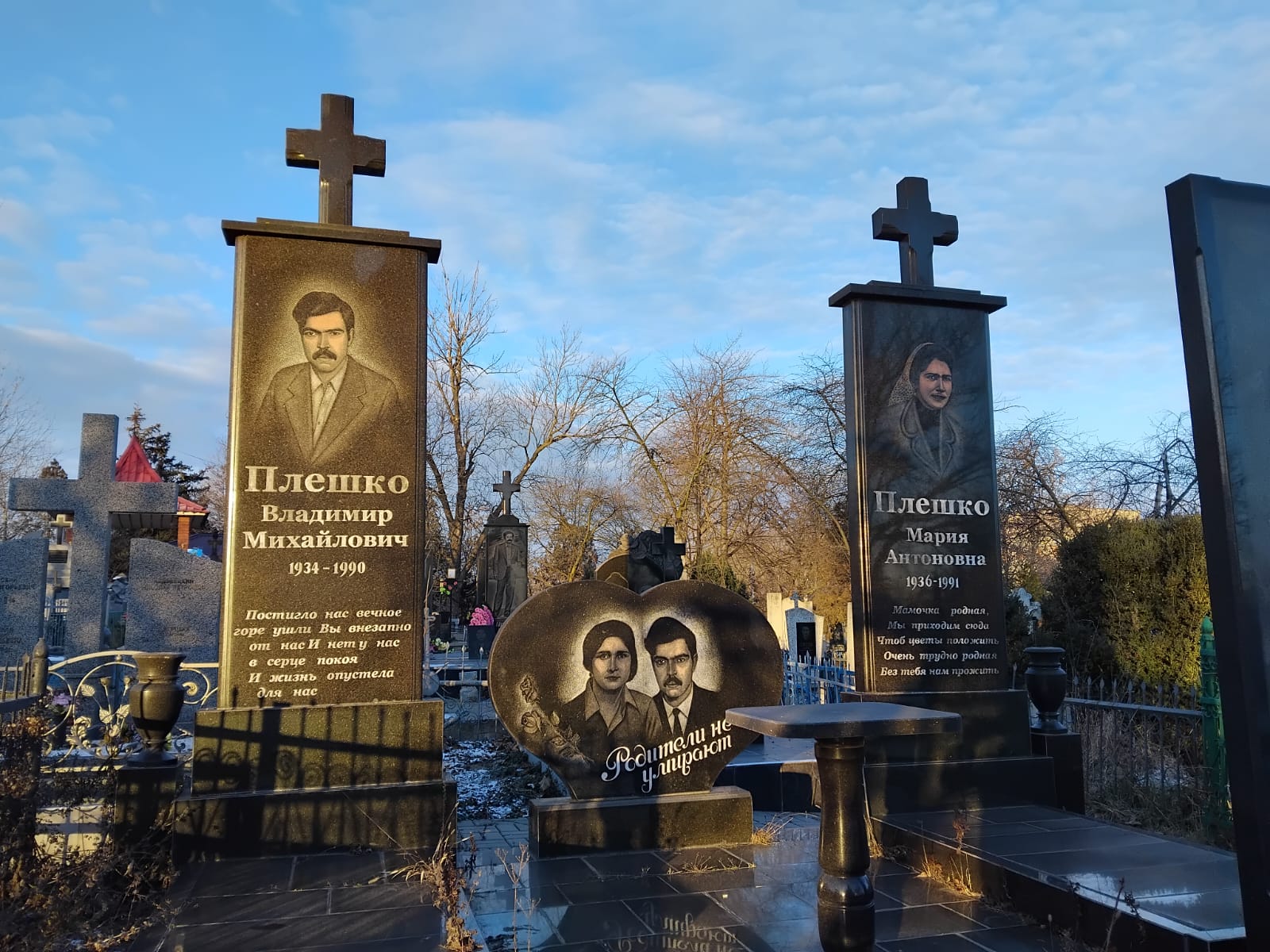
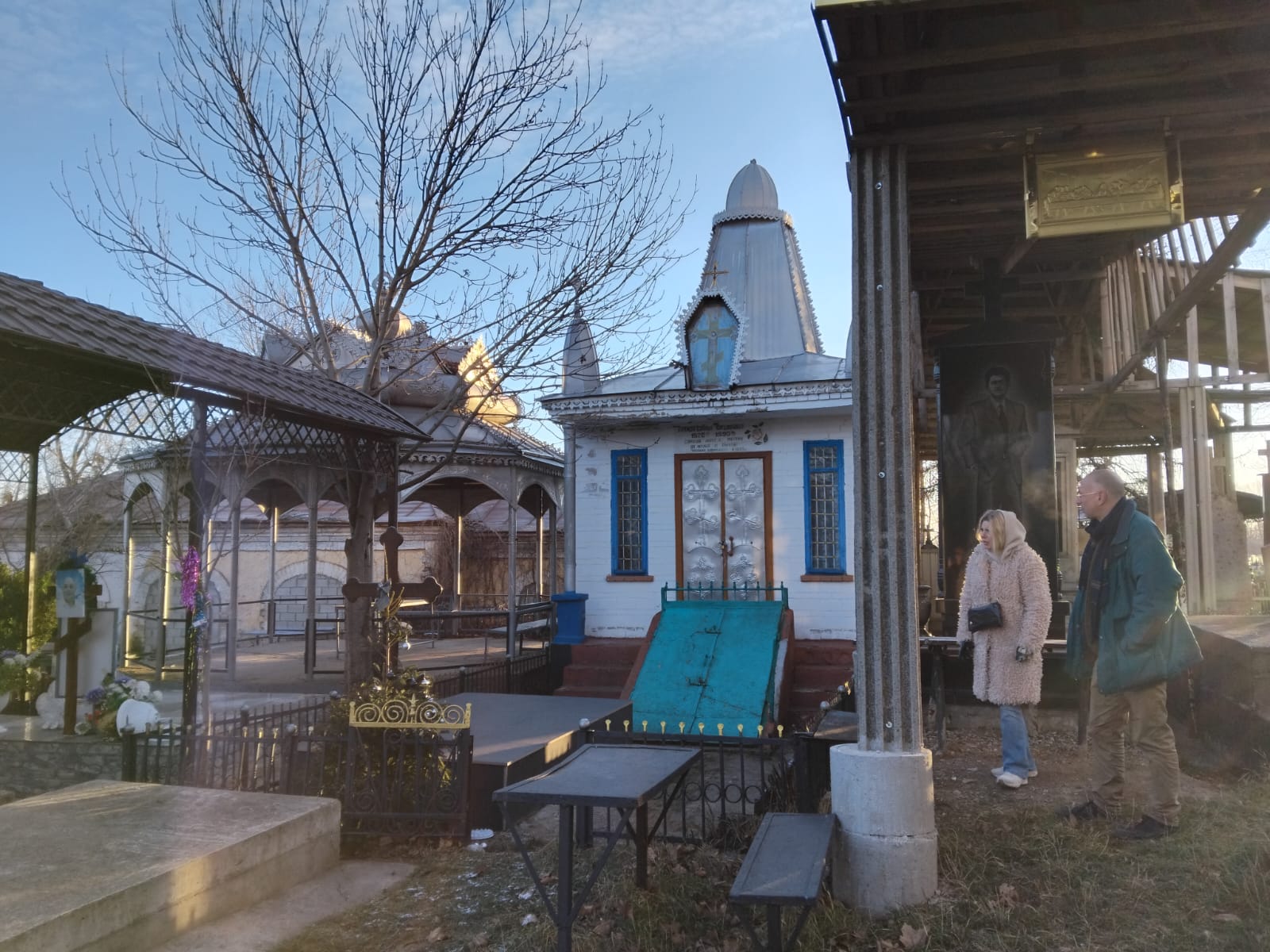
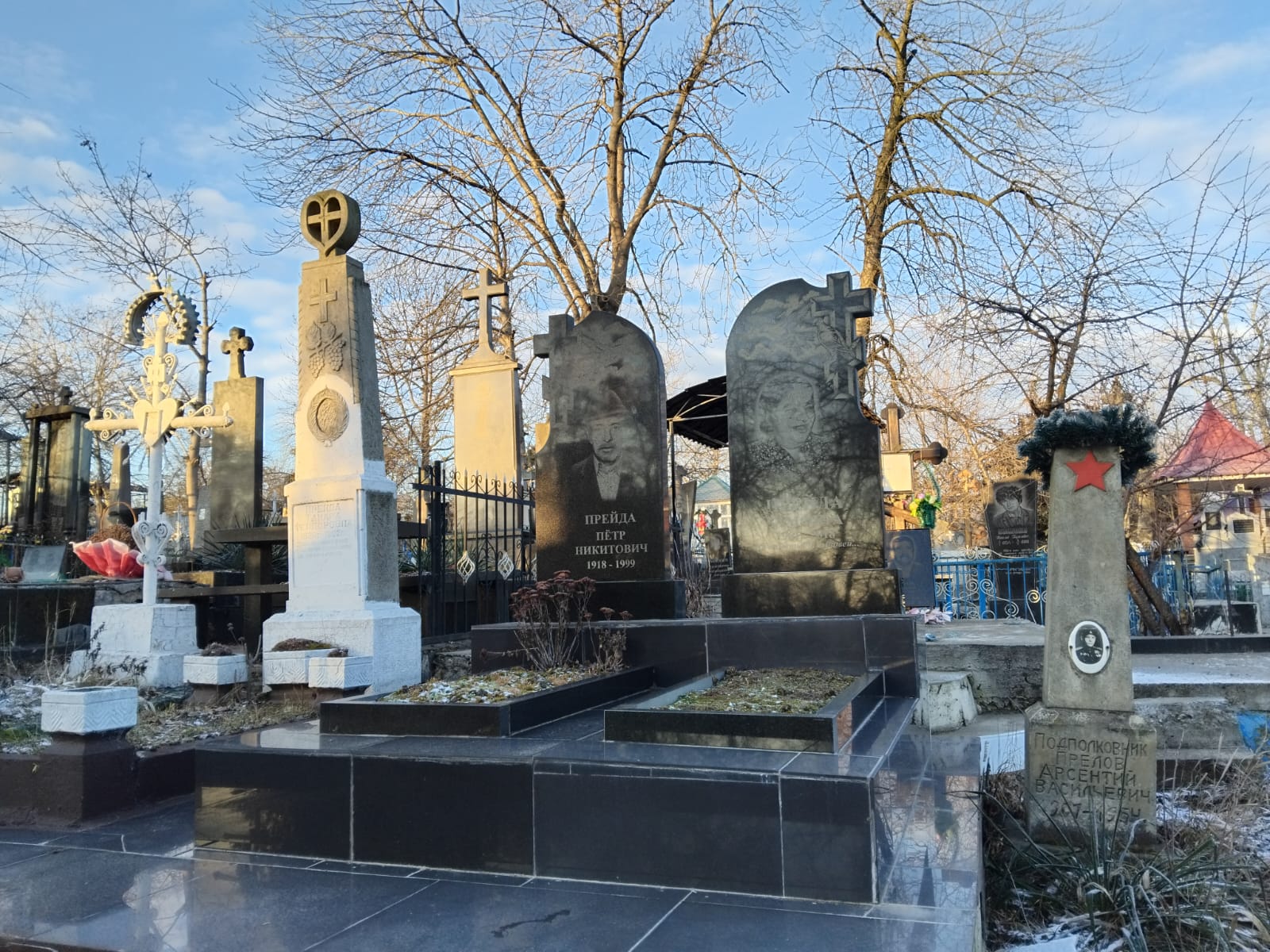
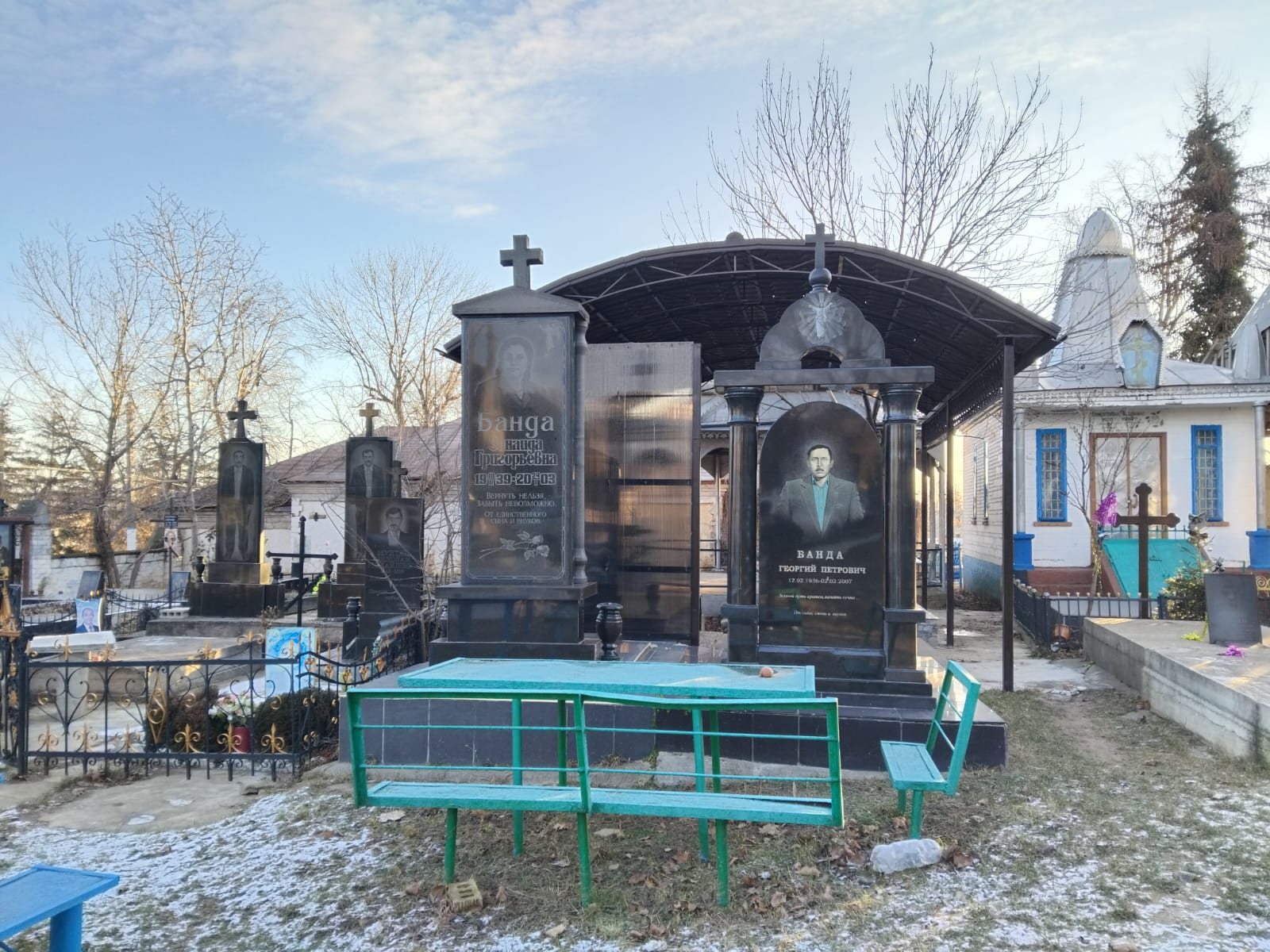
Beliefs and Spirituality of the Gypsy Community
The gypsy community has a deep connection and respect for the decreased. They often see death as another journey to the afterlife. Although many individual Roma communities will differ slightly in their beliefs and spirituality, they commonly believe that the spirit remains in the world before transitioning to the afterlife.
There is fear among the community that if burial customs are not properly carried out, the deceased will return as a “mulo” (ghost) to cause harm to the living. Burial practices focus on the afterlife and help the deceased spirit transition to the afterlife.
Preparation of the Body in the Gypsy Community
The preparation of the deceased in the gypsy community is a vital aspect before the burial process. The process varies between the Roma communities, but the body is usually washed and dressed in fine clothes. The deceased may wear their favorite jewelry, and sentimental items may also be placed in their coffins. It is believed, that these items will be useful in their afterlife.
In some communities, possessions of the deceased may go through a purification process or some items discarded or burnt to prevent the spirit from lingering.
The Wake and Mourning in the Gypsy Community
The wake is held before the burial, a time for mourning and celebration of the deceased life. The event is attended by family members, friends, and the wider gypsy community, where they can pay their respects and comfort the family.
During our visit to the gypsy cemetery in Soroca, we were informed this particular community’s wake includes rituals, prayers, music, or storytelling. It is also costumed to share food and drink, not only for hospitality purposes but also for communal support.
Burial Ceremonies of the Gypsy Community
These ceremonies are often elaborate and attended by family members, friends, and the wider gypsy community. The burial process is carried out with rituals and prayers and great care is taken at the gravesite during and after the ceremonies. These gravesites are marked with ornamental headstones, decorations, pictures, and personal mementos.
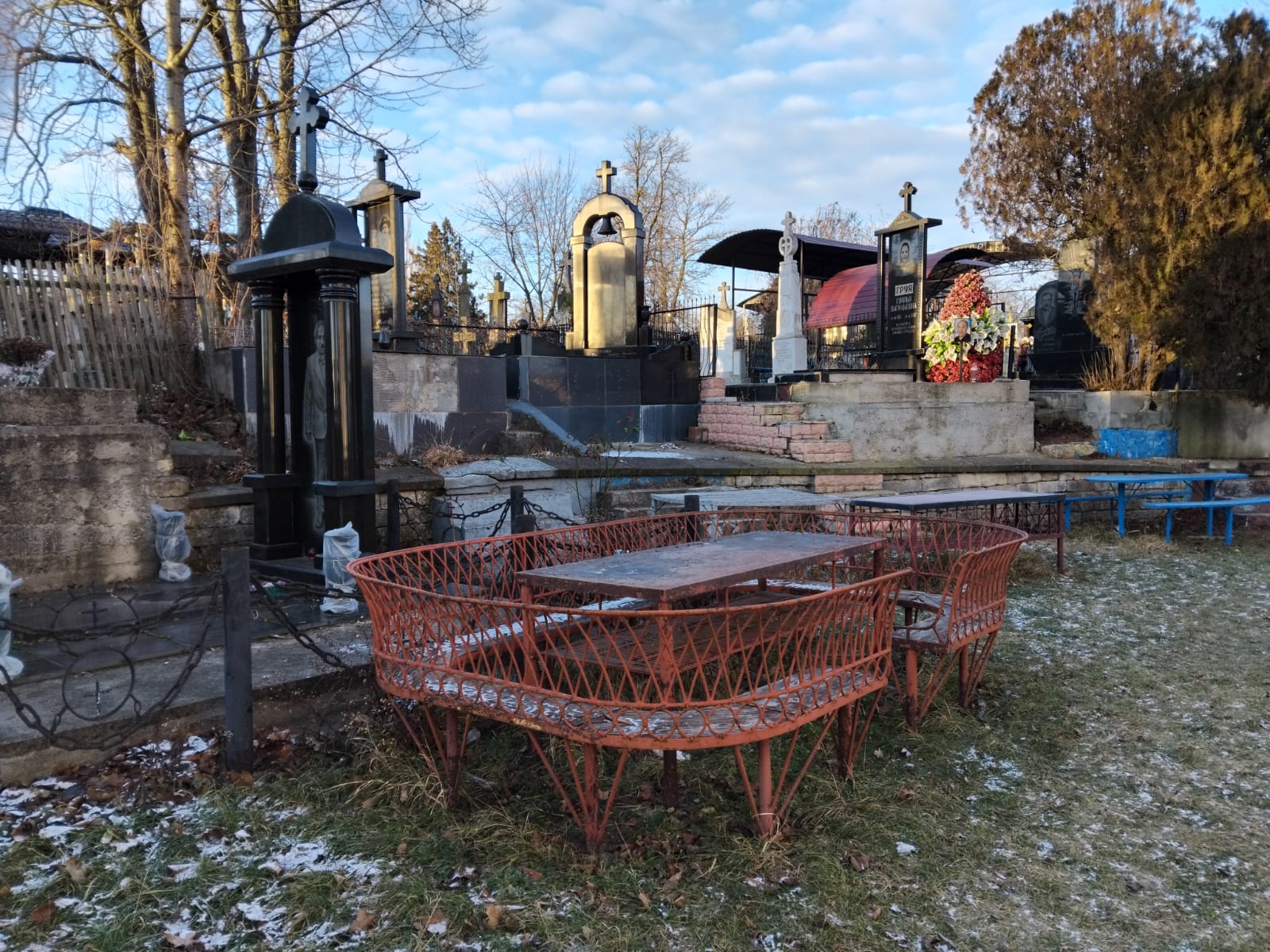
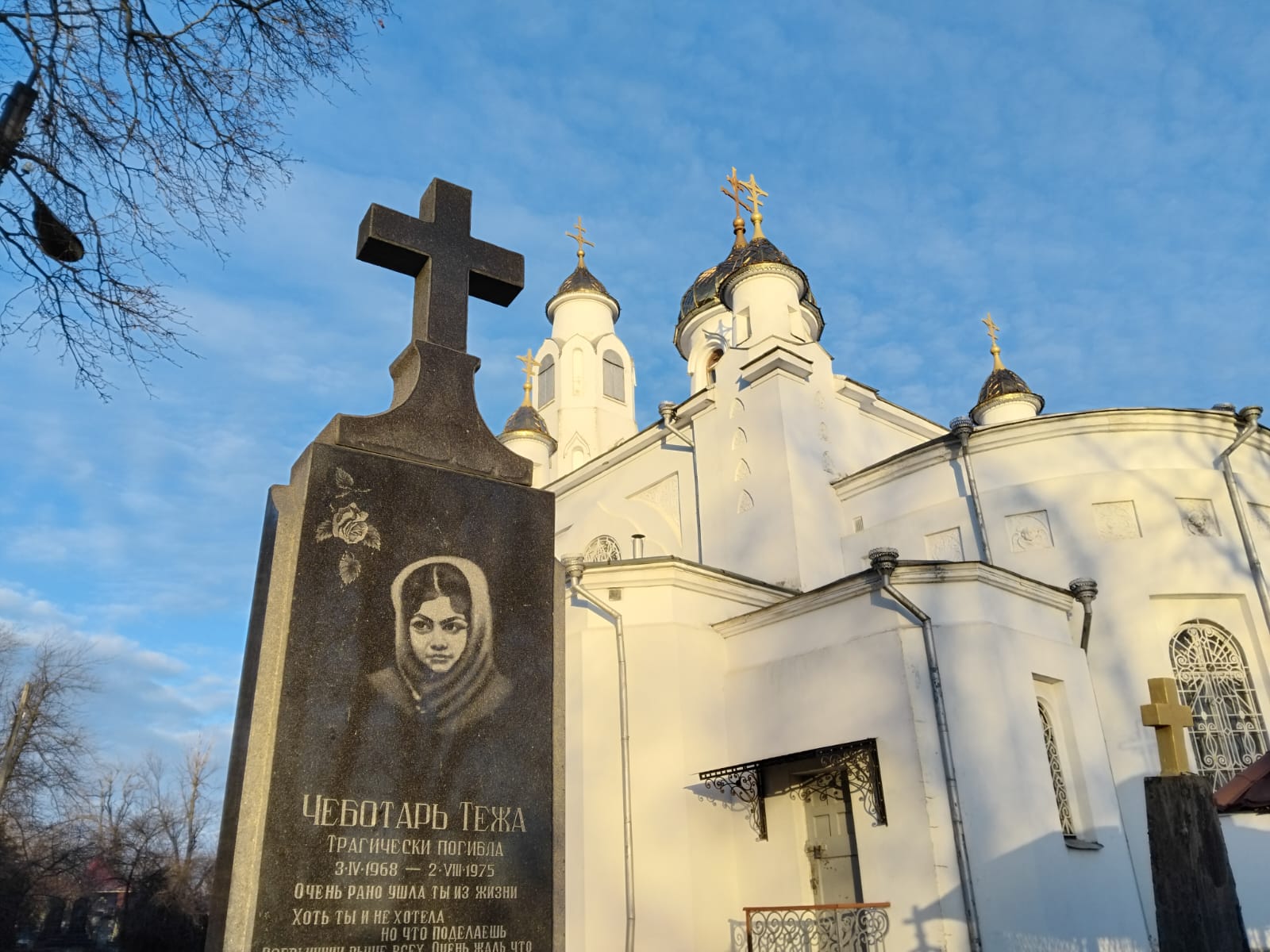
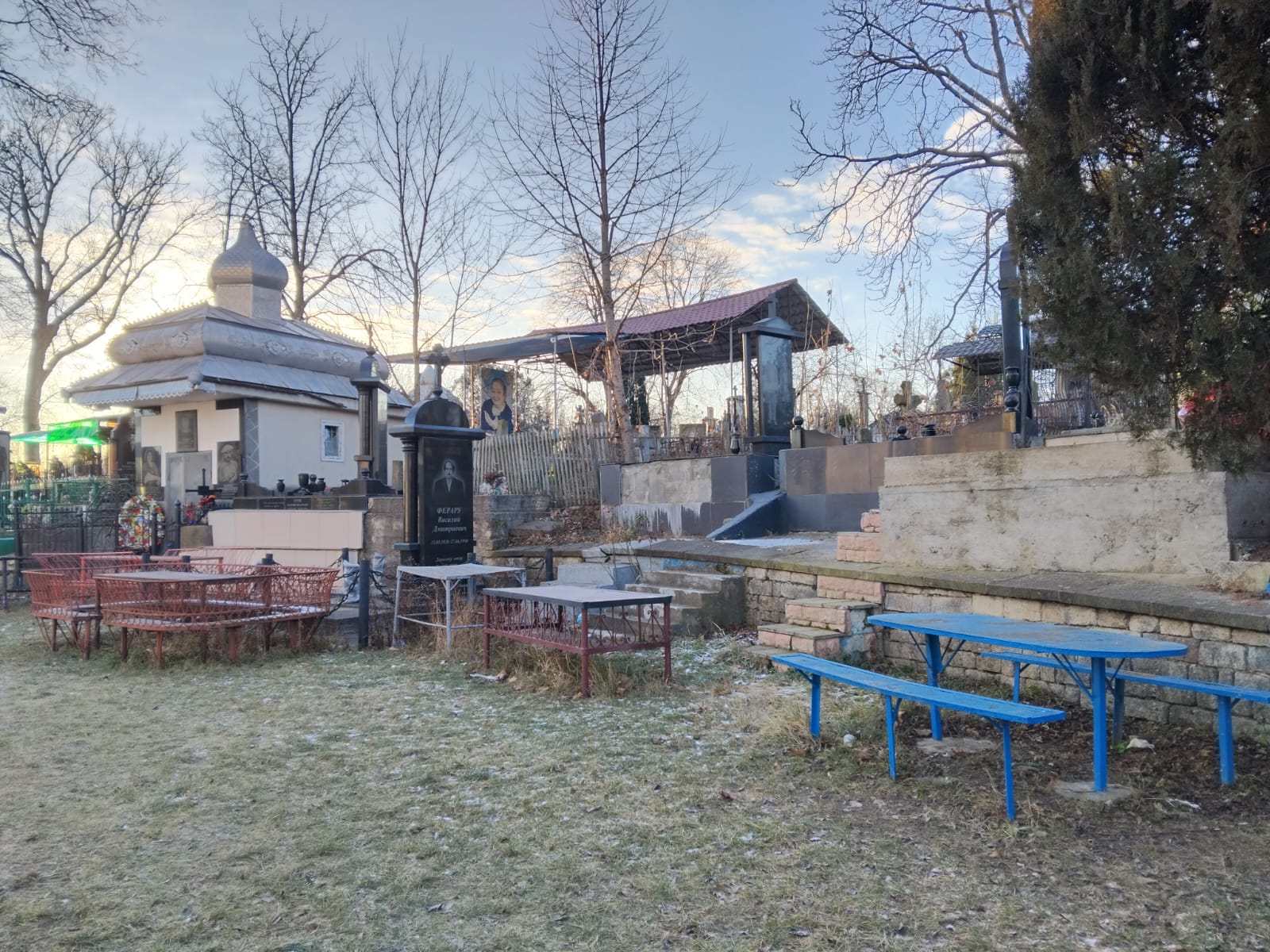
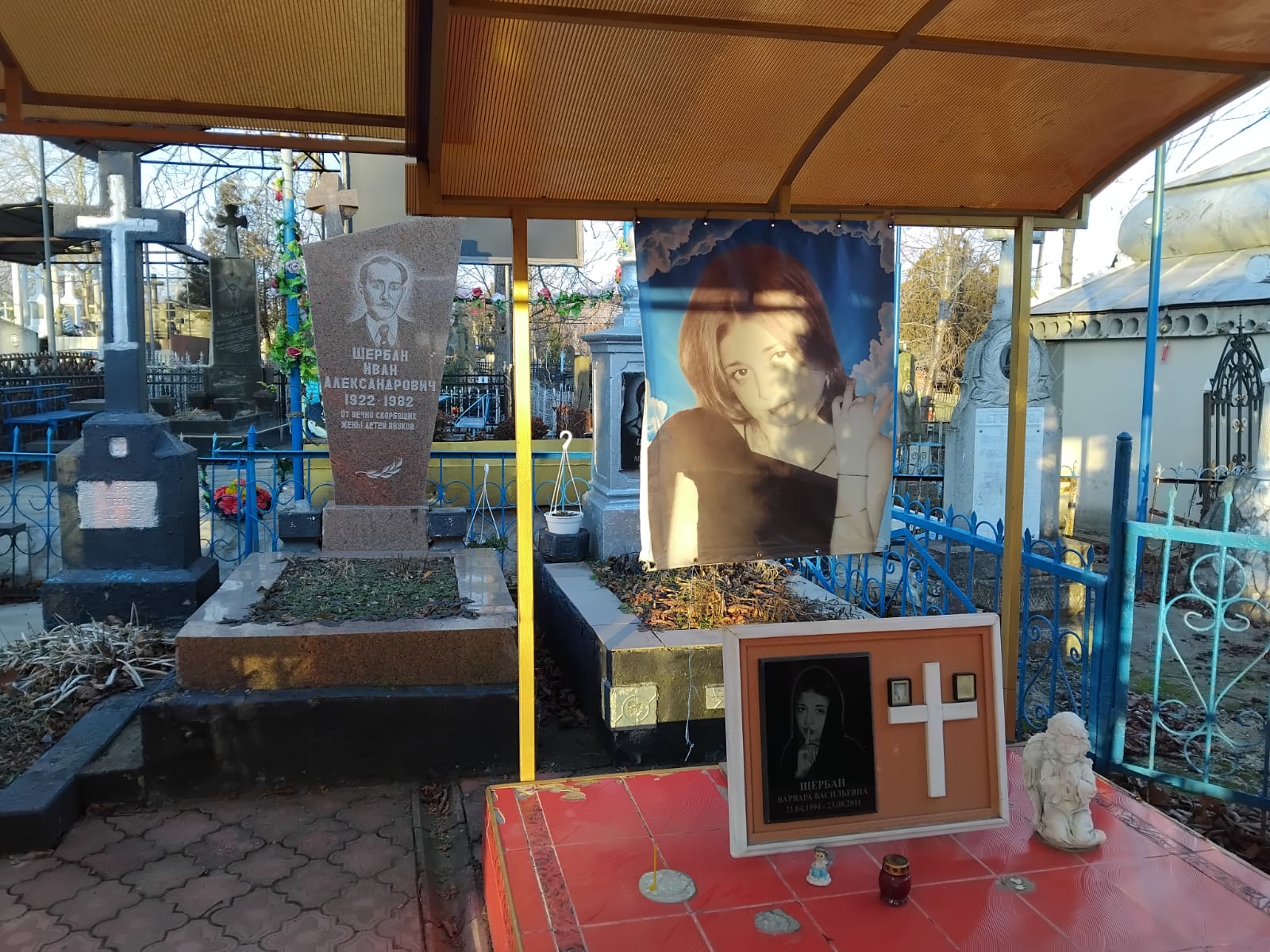
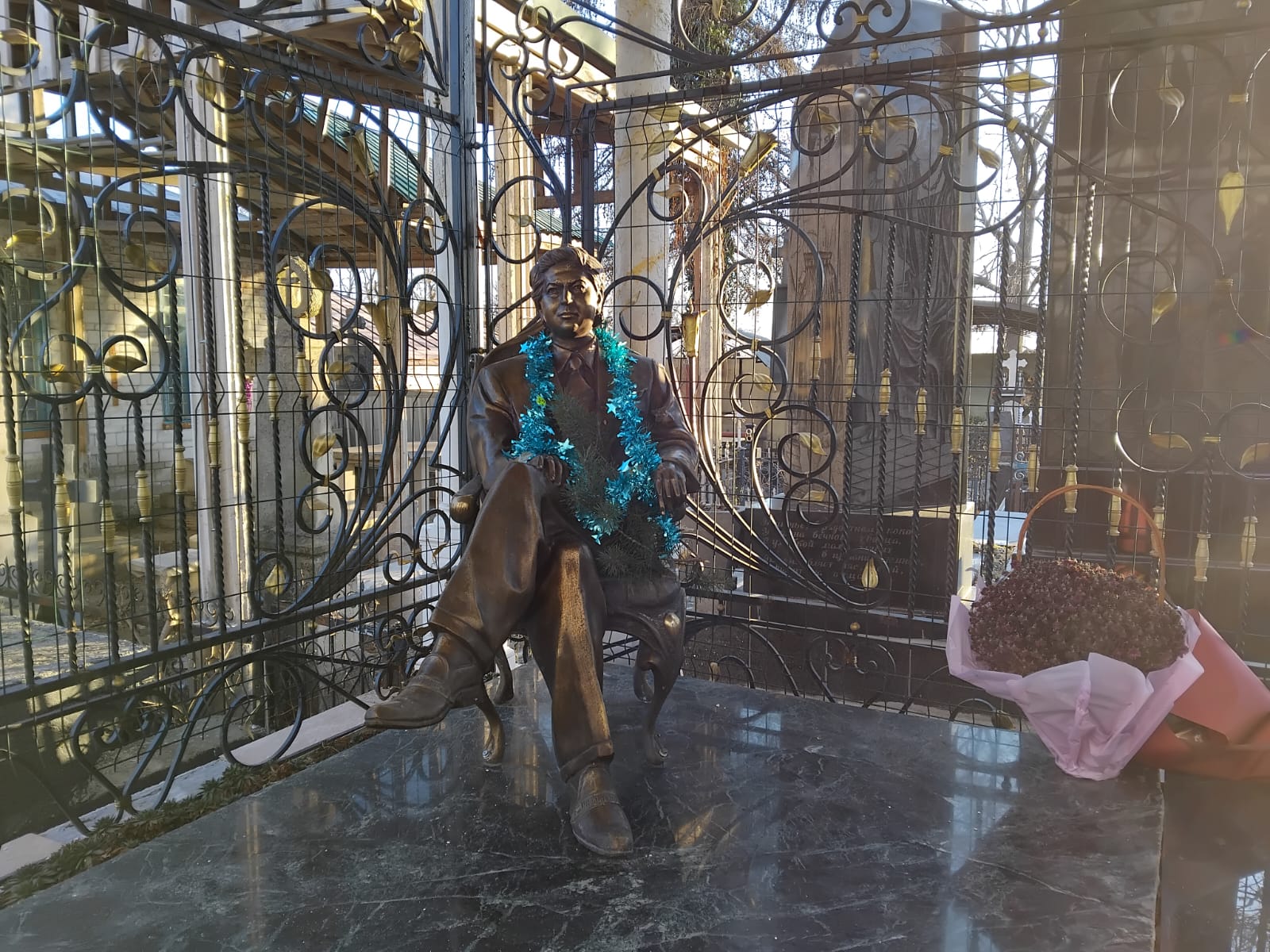
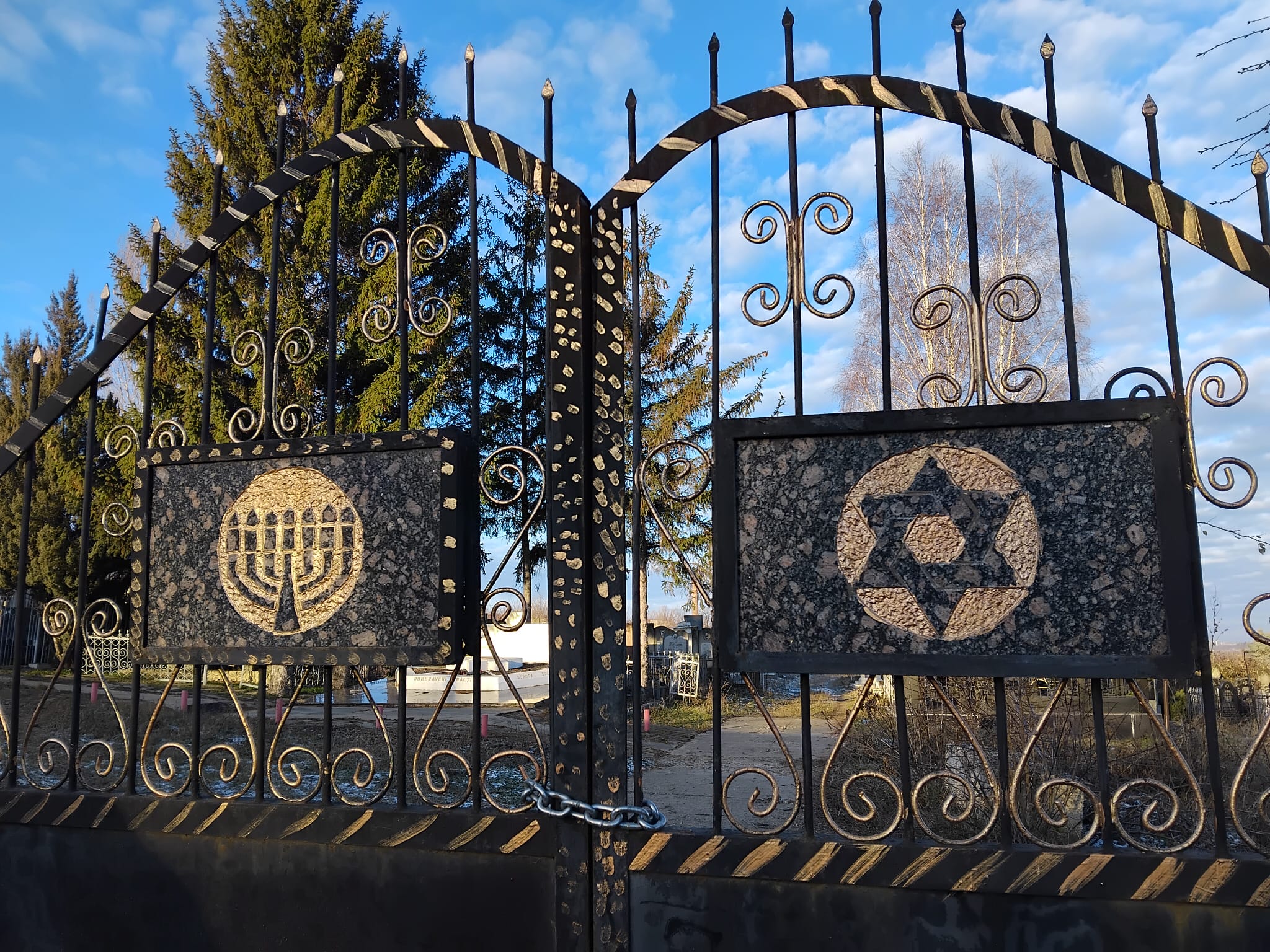
Visiting the Gravesites in the Gypsy Community
The gravesites within the gypsy communities are well-maintained and frequently visited. On special days, such as anniversaries the families of the deceased will visit the cemetery to clean the graves and lay fresh flowers.
The gypsy cemetery in Soroca often has chairs and tables next to the decorative graves, even in death these communities still believe close and togetherness.
How to Visit a Gypsy Cemetery
We run several tours to Moldova, to the infamous Gypsy Hill where you can visit the Gypsy cemetery. Why not join us in this very un-touristy region and show you the hidden sites. See all our Soviet Europe tours where we take you to less visited places.





